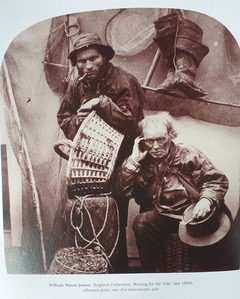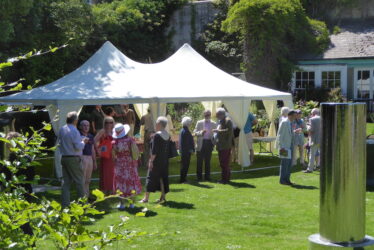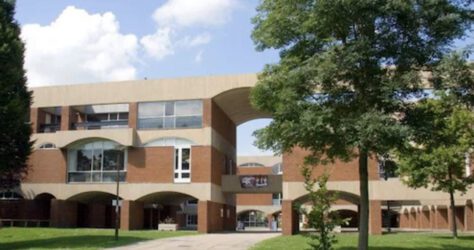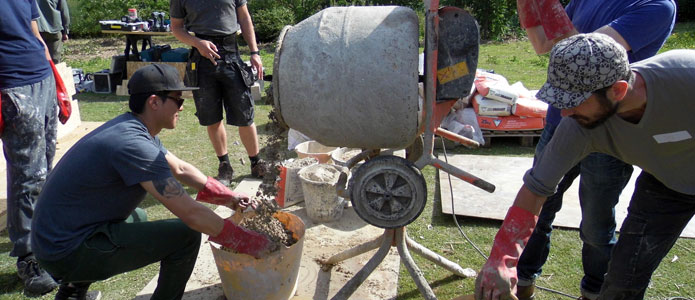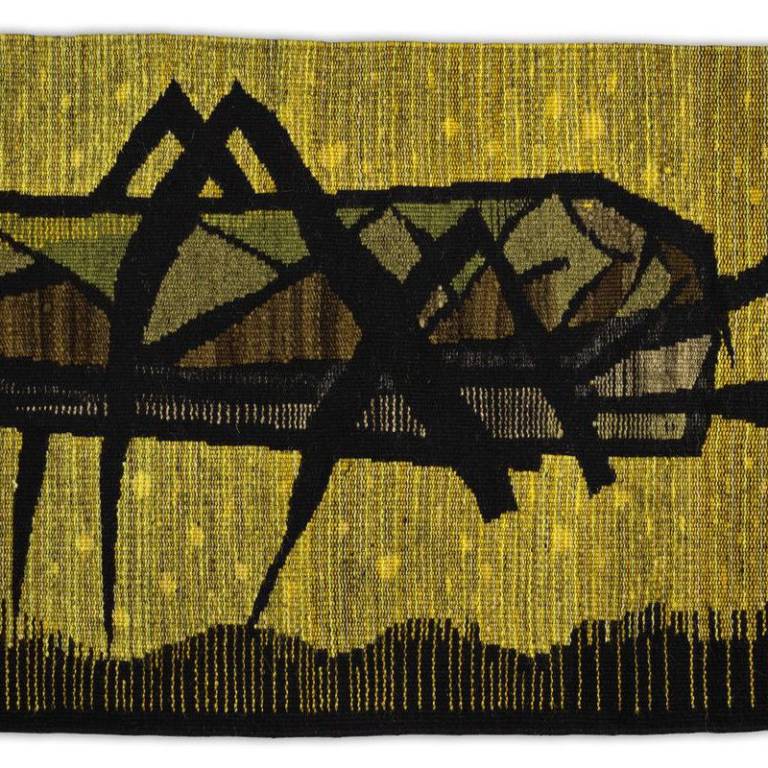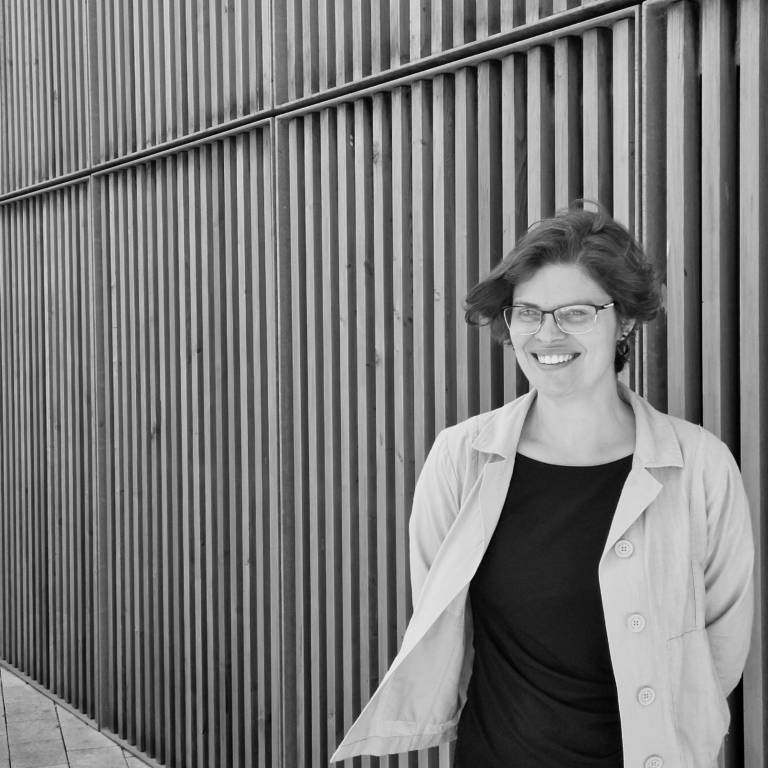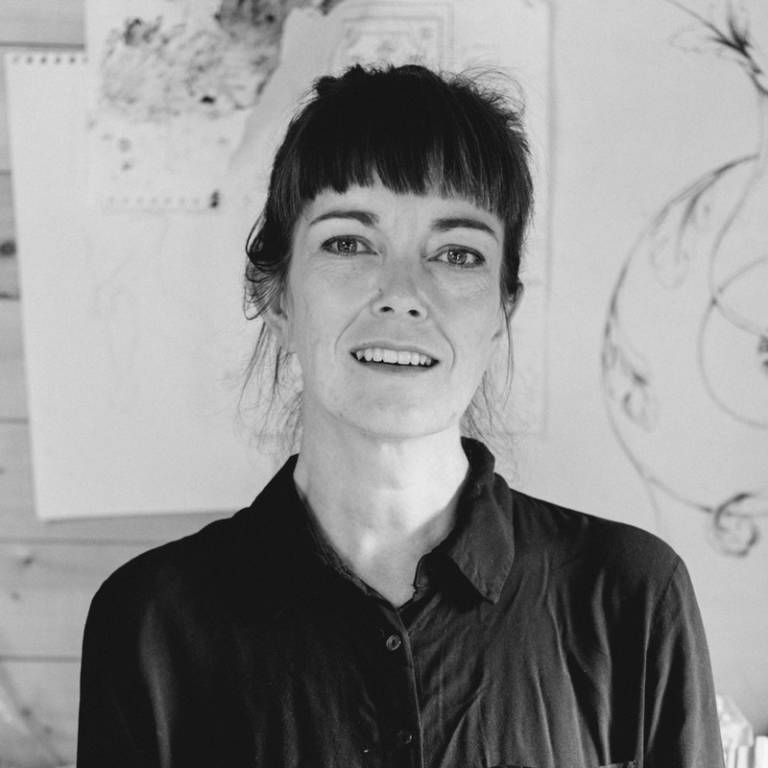Every month architects and industry insiders share their recommendations for the best exhibitions and events to visit in Brighton and Hove. Views expressed on this page are those of the author, and may not reflect those of the editors of the Architecture Diaries.
THIS MONTH:
Jeff Turko

Jeff is the Subject Lead for Architecture at the University of Brighton’s School of Architecture, Technology & Engineering. Until recently, he led the Master of Architecture course, a role he held since 2017.
With over 25 years of academic experience, he has made significant contributions to architectural education, not only through teaching but also through his writing and the exhibition of works from his research-focused practice NEKTON studio and through his design collaborations as a key member of OCEANnet, an international research-by-design network.
His design philosophy often explores digital and avant-garde methodologies, however grounded within the realities of building.
www.brighton.ac.uk/studying-here/subject-areas/architecture-technology-engineering/architecture-and-design/index.aspx
“Summer, summer, summertime… Time to sit back and unwind…” — lyrics to live by, I say. June is here, and I don’t know about you, but I’m ready for summer. It’s been an exciting year leading the Architecture Subject at the University of Brighton and shaping fresh architecture and design minds. Our Architecture and Design Graduate Show opens on June 6th and runs until the 13th — come and see what all the excitement has been about! After that, unwind through June and into deep summer with these notable events happening across Brighton & Hove.
Feeling inspired by Brighton’s architecture and design graduates’ work? Take a stroll up to Stanmer Park, where you can get your hands dirty learning alternative construction methods in a hempcrete (hemp and lime) building course offered by the Brighton Permaculture Trust. This two-day course provides a basic understanding of the material’s use in the UK today, along with hands-on construction experience.
If hempcrete sounds a bit too hands-on, consider attending a talk by Adeline Fasan, Associate at Niall McLaughlin Architects, hosted by ECE Architecture & RIBA Sussex as part of their ‘A piECE of their mind’ lecture series at their Sussex Studio. Can’t make it in person? Tune into the Thinking Allowed webcast interview featuring Will Kirkman and Oliver Lowrie of Ackroyd Lowrie, where they’ll discuss the challenges of leading a practice while navigating the demands of building in today’s — and tomorrow’s — cities.
If the future of urban life feels a bit daunting, the Tadek Beutlich exhibition at the Ditchling Museum might offer some creative relief with his stunning tapestries and textile constructions — but hurry, it ends on June 22nd.
Prefer to keep things purely architectural? Visit St. Bartholomew’s Church, a Grade I listed Victorian church designed by Edmund Scott, featuring a breath-taking Art Nouveau design by Henry Wilson. It’s the perfect place to cool down and find inspiration when the North Laine heats up — and it’s free.
For a bit of history, head to the Brighton West Pier Centre for the Vanished Voices talk by Brian Ogilvie, exploring Brighton’s transformation from a small village to a major fishing town — there might even be a quiz!
Did someone say garden party? The Regency Society has two events lined up for mid-June weekends. Future Heritage is a three-day series of tours and talks exploring post-Victorian architecture. The following weekend, enjoy the Regency Society’s annual garden party in the Secret Garden in Kemp Town — a true sign that summer is in full swing. Don’t forget to book ahead and grab your tickets!
